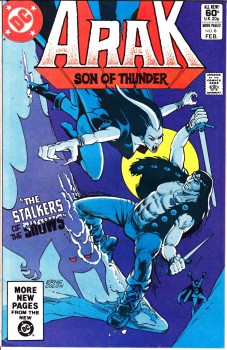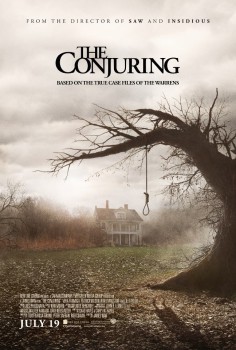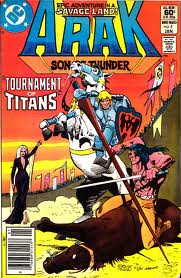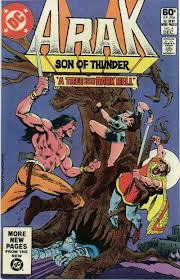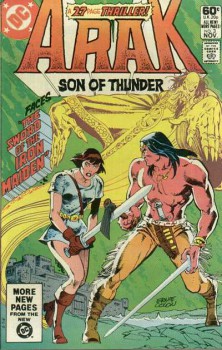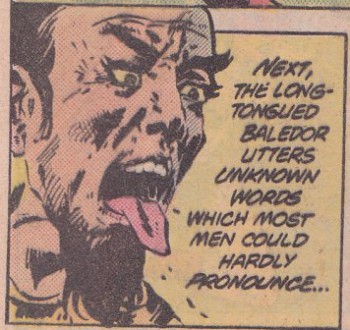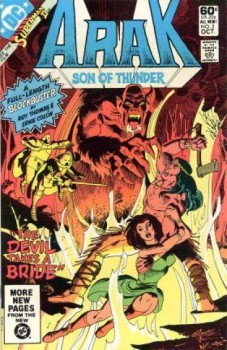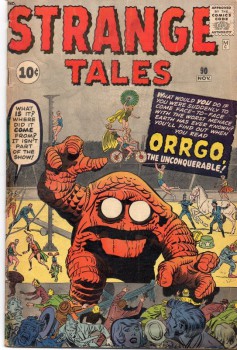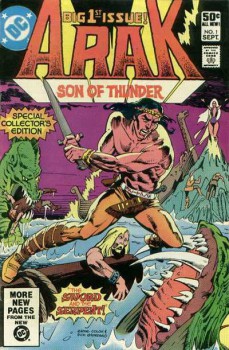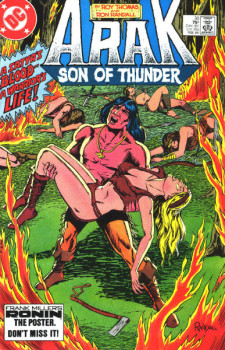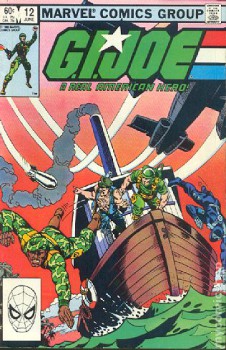So You’re a Horror Fan and You’ve Never Read…
H.P. LOVECRAFT?
 I sit here typing this while wearing a pirate hat and wig of long, black dreadlocks. Why this should be I feel inadequate to formulate into words, lest my attempt to do so come across as the disjointed jargon of a dullard. I will say this, though: I have seen the gibbous moon in lonely places; I have crossed putrid moats under dark mute trees to survey strange runes left by long-lost races, runes undoubtedly concealing eldritch secrets long buried in the muck inhabited by fat mottled sea-worms, secrets that would drive one insane, insane I tell you. So I thought I’d launch this week the first installment of an occasional series called “So You’re a Horror Fan and You Haven’t Read…[author]?”.
I sit here typing this while wearing a pirate hat and wig of long, black dreadlocks. Why this should be I feel inadequate to formulate into words, lest my attempt to do so come across as the disjointed jargon of a dullard. I will say this, though: I have seen the gibbous moon in lonely places; I have crossed putrid moats under dark mute trees to survey strange runes left by long-lost races, runes undoubtedly concealing eldritch secrets long buried in the muck inhabited by fat mottled sea-worms, secrets that would drive one insane, insane I tell you. So I thought I’d launch this week the first installment of an occasional series called “So You’re a Horror Fan and You Haven’t Read…[author]?”.
Howard Phillips Lovecraft (1890-1937) was almost lost to the crumbling pages of pulp magazines. Even after a book-publishing imprint (Arkham House) was created for the sole purpose (initially) of preserving his work, he remained pretty obscure outside of a small cult following for decades.
Lovecraft would undoubtedly appreciate the irony of himself having a following called a “cult,” and it did not hurt his cred that many among that cult would go on to be among the most influential creators of pop culture in the twentieth century, especially in horror cinema (Lovecraft’s influence really became well-known to a mainstream audience first through film, via folks like H.R. Giger [designer of the eponymous Alien in the Alien films] and director Sam Raimi [Evil Dead et al]. You may have never even heard his name, but if you grew up in the latter half of the twentieth century, Lovecraft’s influence pervaded the horror and science fiction you experienced).
